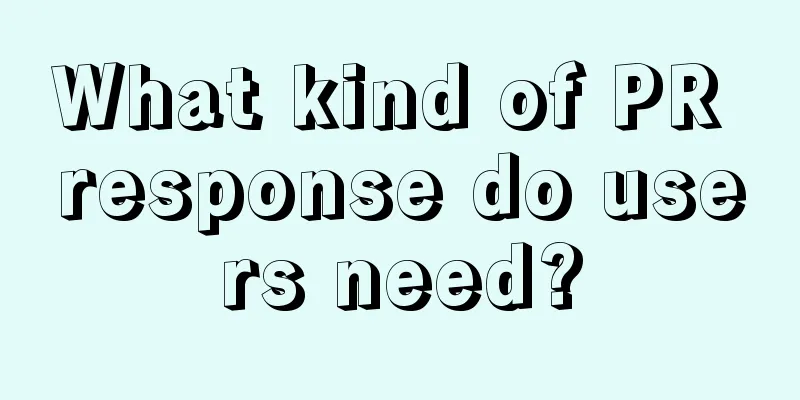The logic of brand "social currency"

01In commercial competition, the real battlefield is not the terminal war, product war, or price war, but the battle of consumers' minds. Whoever can occupy the minds of consumers will win in the end. If brands are likened to viruses, then successful brands are those that can successfully invade consumers' minds. (This is a metaphor. Put aside moral judgments. Brands and products are ultimately creating value for customers.) 02If a brand wants to "invade" the minds of consumers, we need to understand the consumer's purchase decision journey. Every decision node is an opportunity for the brand to "invade". The consumer decision journey is divided into five steps:
03Consumers have two main methods for problem identification: either lowering the actual situation or raising the ideal expectation. After consumers realize the problem and want a solution, they start to search for information. Information search generally comes from four sources:
04Among the four sources of information, personal sources play the biggest role in purchasing decisions. Because when friends and family recommend a product to us, the areas in our brains responsible for rational evaluation are closed, while the insula responsible for "social emotions" (such as desire, pride, shame, guilt, sympathy, and love) has intense activity. When word of mouth works, we replace rational thinking with emotion, and we transfer our trust in friends and family to the product (friends are endorsing the product with their personal credit). This is completely opposite to the brain activity when we see advertisements. When consumers see advertisements, they will fall into rational evaluation and subconsciously feel disgust. 05To make a brand spread like a virus, we need to consider six aspects:
06In specific business operations, how should we use the above six aspects? We need to turn all the purposes of the brand into a "super social currency" that empowers consumers. When considering the above six aspects, we should turn the brand into the "social currency" of users, and then penetrate this "social currency" into the daily lives of consumers. We can truly achieve the spread of the brand like a "virus". 07When consumers have ideas but are not very good at expressing them, there happens to be certain content that can help them express their ideas.
08Master the brand’s “social currency” logic and make the brand a super virus. Author: Liu Yichun Source: WeChat public account "Liu Yichun's Brand Business Innovation (ID: shangyeyiguohui)" |
<<: How will Xiaohongshu’s car brand operate in 2023?
>>: 10 essential models for Xiaohongshu in 2023
Recommend
This New Year Goods Festival, they bring back the New Year atmosphere
The New Year is coming, have you prepared the New ...
How much does Shopee's transit warehouse charge? How does Shopee choose logistics?
After opening a store on Shopee, many people do no...
What cross-border e-commerce business in Xinjiang can make money? How to choose categories for cross-border e-commerce?
With the rapid development of the Internet and the...
Why is Double Eleven becoming less and less interesting?
As the Double 11 Shopping Festival continues to le...
Dong Yuhui bought Yuhuixing for 76 million and left Dongfangxuan
This evening, Dongfang Zhenxuan issued an announce...
Oriental Leaf's New Year short film sparked controversy: product scenario misunderstandings in New Year marketing
In the latest Spring Festival short film of Orient...
How many days does it take to pass the Lazada store review? Why does it fail?
Nowadays, the domestic e-commerce industry has dev...
How much is the monthly rental for Amazon Australia? How is it charged?
Amazon has many sites. If you need to build a cros...
How to find the source of goods? How to sell goods?
As an international shopping platform, Wish has at...
The new public account has been in the pool for more than a month. Behind the luck is your true knowledge.
Friends who are engaged in WeChat public account o...
Five pitfalls of data analysis projects, don't step on them!
Data analysis is now a skill that most companies n...
Why does the market still need a JD Takeaway?
In February 2025, JD.com officially increased its ...
Shopee's new look activates Shopee Barokah
Shopee recently launched Shopee Barokah with a new...
How to settle cash on delivery payment on Lazada? FAQ
Lazada is also a kind of cross-border e-commerce p...
An inventory of 50 private domain traffic entrances in 2024, add your friends!
Private domain operation is undoubtedly very impor...









